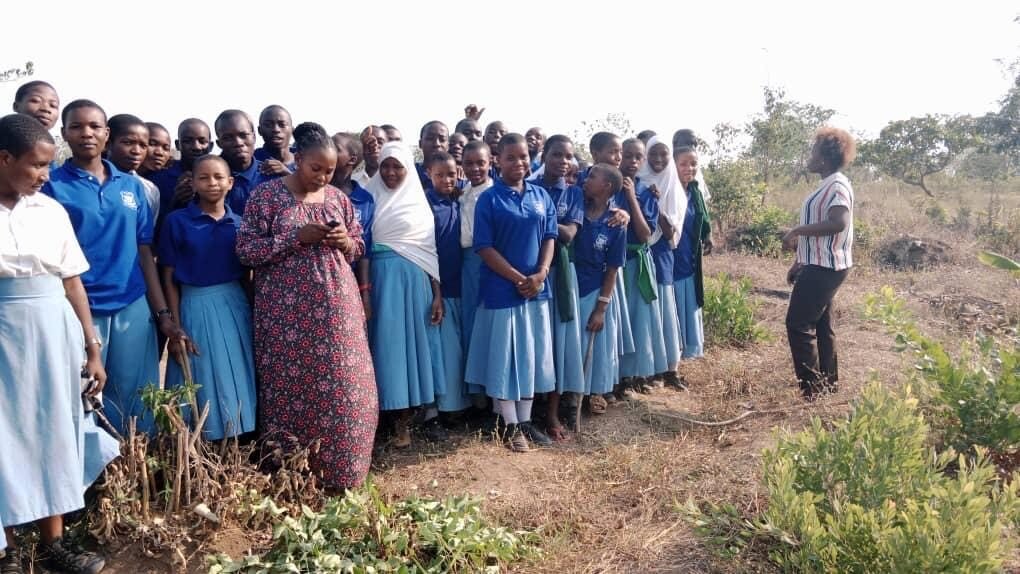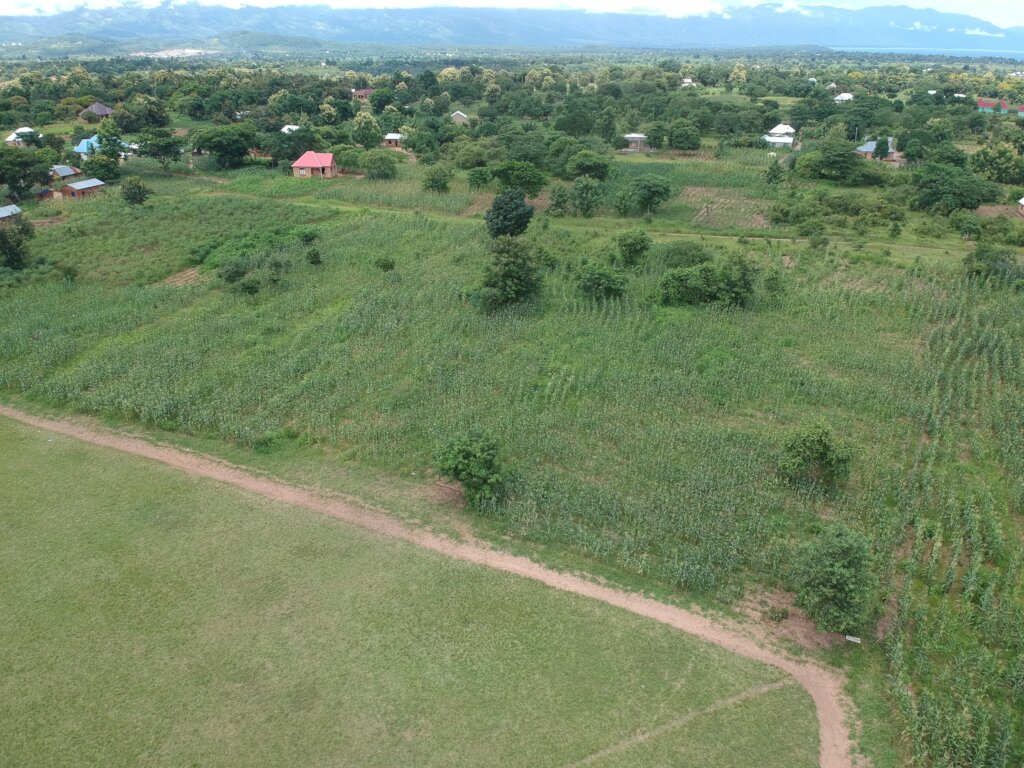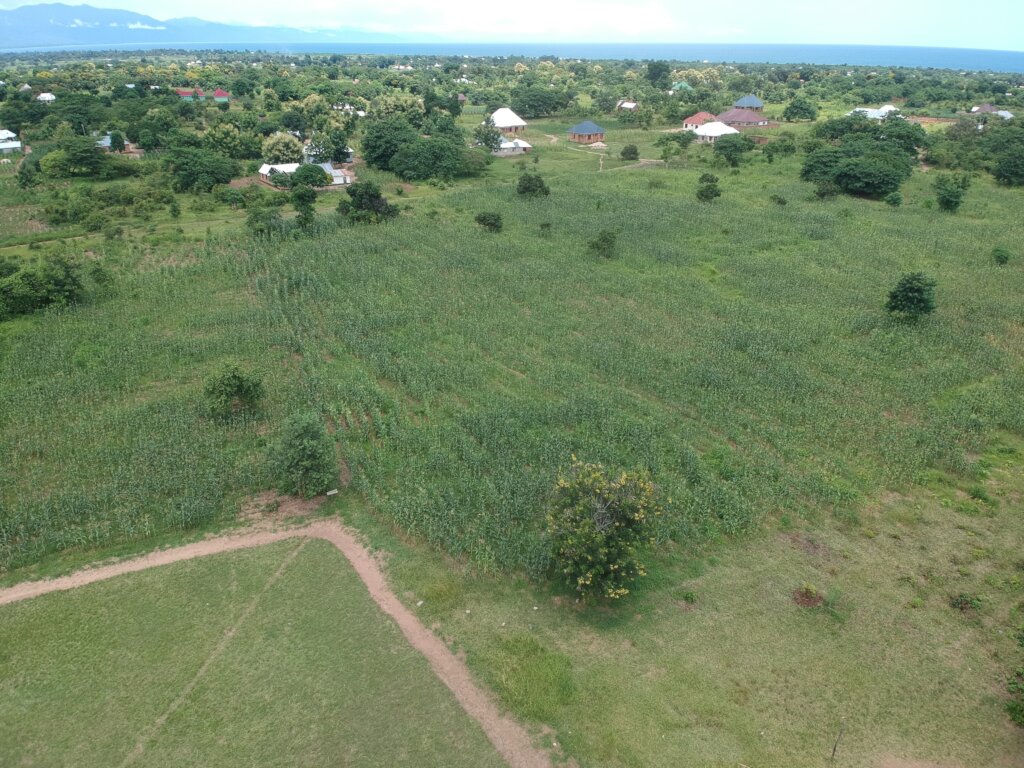By Trixie Wagner | BASAID Representative
1. Introduction
The "School Garden Project" aims to support rural schools in Tanzania, specifically in the Mbamba Bay area at Lake Malawi. The project focuses on preparing unused school grounds for farming, providing seeds and fertilizer, and commencing planting during the rainy season (November to March). It is expected that the first harvest will take place in Q2 2024, depending on the start of seeding. Norwegian experts are available to assist the schools in developing their farming skills and implementing sustainable agricultural practices.
In recent years, Tanzania Project has been providing funding to seven secondary schools in order to offer lunch to Form 4 students, who are in their final year of ordinary level education. These students typically take national examinations, and their results are crucial for their future education and career prospects. A proper lunch, usually consisting of maize and beans (“kande”), is essential for these students to concentrate on their studies during the preparation and examination period.
The ultimate objective for the participating secondary schools is to achieve financial independence and extend the lunch program to include students from Forms 1, 2, and 3. This expansion would relieve parents in the region from the burden of providing maize, beans, or money for their children's meals at school. Acquiring food or funds for their children's school lunches is a significant challenge for many parents in this impoverished area.
2. Progress
The School Garden Project was assessed on-site in February 2024 by Trixie Wagner, a representative from BASAID, and Hanne Renland, the Director of Tanzania Project.
Out of the seven selected secondary schools, six actively participated in the project, while Mbamba Bay Secondary School was unable to access the designated farming land.
Location of the participating secondary schools with respect to Mbamba Bay
In November 2023, a total of 360 kg of maize seeds and 120 bags of artificial fertilizer were provided to the participating schools, amounting to a cost of around 17,000,000 TSH
(corresponding to 6’000 CHF, 6’200 EUR, or 6’700 USD). The farming grounds were prepared by teachers and students in October and November, followed by the planting of maize seeds and the addition of fertilizer in November and December. Shortly after, the first plants emerged.
During our visit in February, as the rainy season was coming to an end, drone images of several maize fields were captured, and face-to-face meetings were held with the responsible teachers and headmasters of all six secondary schools. The interviews yielded the following summary:
Maize growth was generally good in all schools, although not uniformly across the entire farming areas (refer to drone pictures).
The schools expect a favorable harvest (exact figures will be provided in the next report), which should be sufficient to supply maize for all students until the next harvest.
Many students showed high motivation to actively participate in the project, even outside of regular school hours.
The availability of Norwegian experts through a chat group was highly appreciated and utilized by most schools.
Agricultural officers from the respective administrative divisions actively engaged in the project and provided their expertise.
Some schools proactively shared their activities with the local communities to gain support from parents and neighbors.
Schools have started preparing infrastructure for vegetable gardens near the school buildings, where crops such as spinach, pumpkins, sweet potatoes, bananas, and oranges will be grown.
Challenges encountered during the project include:
Farming grounds located at a considerable distance from the schools, with St. Paul's school, for example, being 8 km away. This poses logistical challenges for transportation to and from the farm, as well as the harvest.
Theft of maize by individuals seeking to consume ripe and edible maize, necessitating the hiring of guards for nighttime security.
Uneven growth of maize in certain areas of the field, sometimes due to known factors such as soil differences, while other times the cause remains unclear.
Soil quality measurements, such as pH levels, require laboratory analysis, which can be time-consuming.
Insufficient amounts of natural fertilizer to cover all maize farmland, eventually resulting in the continued need for artificial fertilizer.
Damage to young maize plants by grazing cows from neighboring areas (could be solved after finding arrangements with neighbors).
The need for better alignment of farm work with school holiday seasons, such as the Christmas break.
Project reports on GlobalGiving are posted directly to globalgiving.org by Project Leaders as they are completed, generally every 3-4 months. To protect the integrity of these documents, GlobalGiving does not alter them; therefore you may find some language or formatting issues.
If you donate to this project or have donated to this project, you can receive an email when this project posts a report. You can also subscribe for reports without donating.







